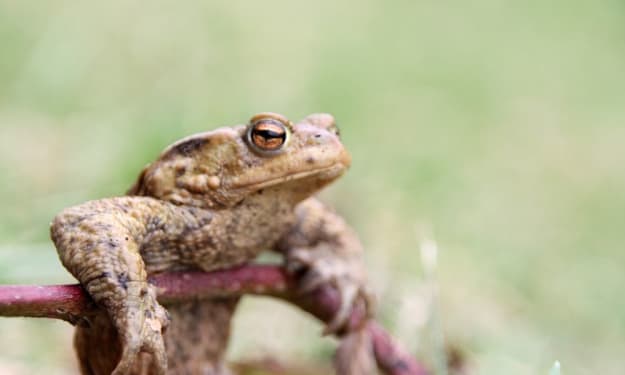Are animals included in the environment
The inclusion of animals in our environment through architecture serves us as a lesson in coexistence and sustainability.

Abstract
Neglecting animals’ natural habitats creates a gap in the logic of sustainability as the world is not fully anthropocentric. This paper serves as a lesson on coexistence, in an effort to encourage not only the architects but each one of us, to anticipate how architecture and what we do can enable rapprochement between humans, other creatures, and nature. There are different methods and points of view to explore in order to facilitate this acceleration of the inclusion of animals’ rights in our priorities. Some of them being the explanation of the dynamic we have created with animals, their relationship with the environment, how architecture and governmental interference are prime factors in this rapport and what we can foresee for our future.
Introduction
Throughout history, we, as a society, have a pattern of exploiting our sources and this phenomenon does not seem to be changing any time soon. The process of urbanization continues to reduce the need for biodiversity in our neighborhoods, our cities and therefore in our lives. Although the benefits of this transformation are considerable, our inability to take accountability for the consequences and negative effects it has on our environment, has marked the beginning of a vicious cycle of disregard for whom we share this planet with.Eduard M. Dodington “While people, with their egoism, take care of themselves and only their setting made of buildings, otherwise named as architecture, they neglect a big part, which we can also refer to as “The other part.” “(Conscientiousness, Nature, Animals)
“The Other part” stands for those who don't have a voice of their own, animals. The lack of empathy towards these innocent creatures has led to industrialism taking over their natural habitats. Instead of being blinded by our biological superiority towards animals, we have to find a way to commence merging our lives with theirs, to improve everyone’s quality of life. Coexistence is possible even without exploitation.
1- Superiority over animals
The sense of superiority we hold over other creatures is very normal as our animalistic instincts will never leave us. However, our cognitive capabilities have made room for abuse of power and discrimination of other creatures. The conflict between people, animals and the environment dates back to the previous times when people started to emancipate on a large scale. The environmental causes are being addressed in a global scale now and the work to improve the conditions in the future has started.
2- Animals in relation to nature
Animals live in natural conditions as it is their primary habitat. They build the houses themselves using sophisticated techniques in places where safety is ensured. Ever since man started to develop and occupy more space, the environment has shifted. A lot of animals have not been able to adapt with the rhythm of change and they have ended up unprotected. One of the biggest problems related to animals is regarding their reproduction in such a large scale, not knowing and being able to use birth control which results in congestion and lack of habitat finding.
3 - Involvement of architecture
Architecture is one of the most precise ways in which we can determine the degree of advancement in a state. Architecture and the growth of built space can affect the environment as well as other beings with which we share a living. Therefore, only if architects or anyone who decides to build something is able to find a solution in which animals can be incorporated as
well. Most commonly, when we build or project, the feeling of superiority is able to get the most of us. We are occupying a space that before used to belong to nature and as a result, used to be a living habitat for many species. The needs of these living creatures are not part of the concept and product that will be built in that habitat. When we design a highway, we see only the material goods and economic benefit that this investment will bring to us. If only we would stop to think a bit, past our personal interests because we are part of an ecosystem and not everything revolves around us, we would be able to understand the problems that would rise up for the non- humans who live in the area that we are aggressively taking from them. Constantly, we see in the highway animals run over by people, and no one asks why this phenomenon happens in the first place. We just continue by justifying it as it is only an animal's life. The fact that they speak a language different from ours doesn't mean that they want to live less than us. These cases are only a really small portion of the problems that we humans cause to animals. That is why we should see architecture as an instrument that affects positively not only in our lives, but other creatures as well.
5- Sensitivity in the future
To ensure that the problems we face today will not continue to be a barrier in the future, we as a community should focus on setting the balance between humans and non-humans through modern versatile ways. The buildings where we live and our surrounding environment that we constantly defile should revitalize as a place where other creatures can live as well. Coexistence in a sustainable way is the future solution and it will be way easier if we start to accept it today.
About the Creator
Ada Shehu
Start writing...Hopless romantic, i can write poems, and then get myself into some dark alleys where its easy to lose track.
i write for me, and you read it for you
Enjoyed the story? Support the Creator.
Subscribe for free to receive all their stories in your feed. You could also pledge your support or give them a one-off tip, letting them know you appreciate their work.






Comments
There are no comments for this story
Be the first to respond and start the conversation.